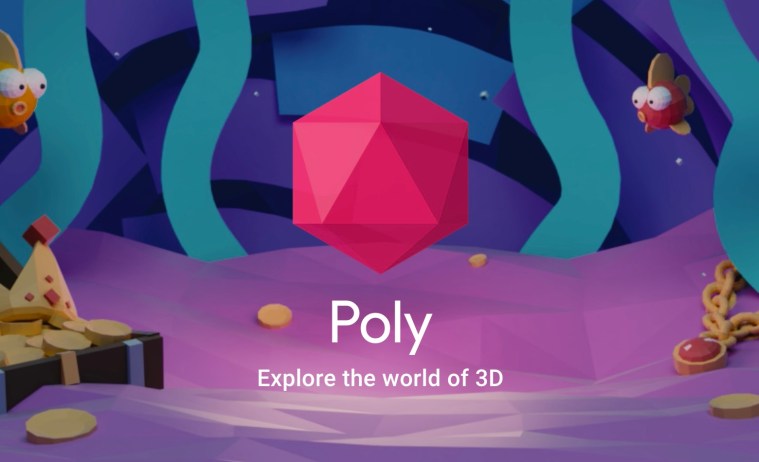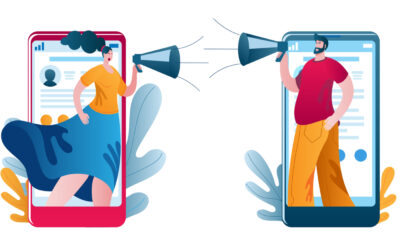Google shutting down Poly 3D content platform

Google is almost running out of AR/VR projects to kill off.
The company announced today in an email to Poly users that they will be shutting down the 3D-object creation and library platform “forever” next year. The service will shut down on June 30, 2021 and users won’t be able to upload 3D models to the site starting April 30, 2021.
Poly was introduced as a 3D creation tool optimized for virtual reality. Users could easily create low-poly objects with in-VR tools. The software was designed to serve as a lightweight way to create and view 3D assets that could in turn end up in games and experiences, compared to more art and sculpting-focused VR tools like Google’s Tilt Brush and Facebook’s (now Adobe’s) Medium software.
Google has already discontinued most of the company’s AR/VR plays, including most notably their Daydream mobile VR platform.
The AR/VR industry’s initial rise prompted plenty of 3D-centric startups to bet big on creating or hosting a library of digital objects. As investor enthusiasm has largely faded and tech platforms hosting AR/VR content have shuttered those products, it’s less clear where the market is for this 3D content for the time being.
Users that have uploaded objects to Poly will be able to download their data and models ahead of the shutdown.
TechCrunch
















